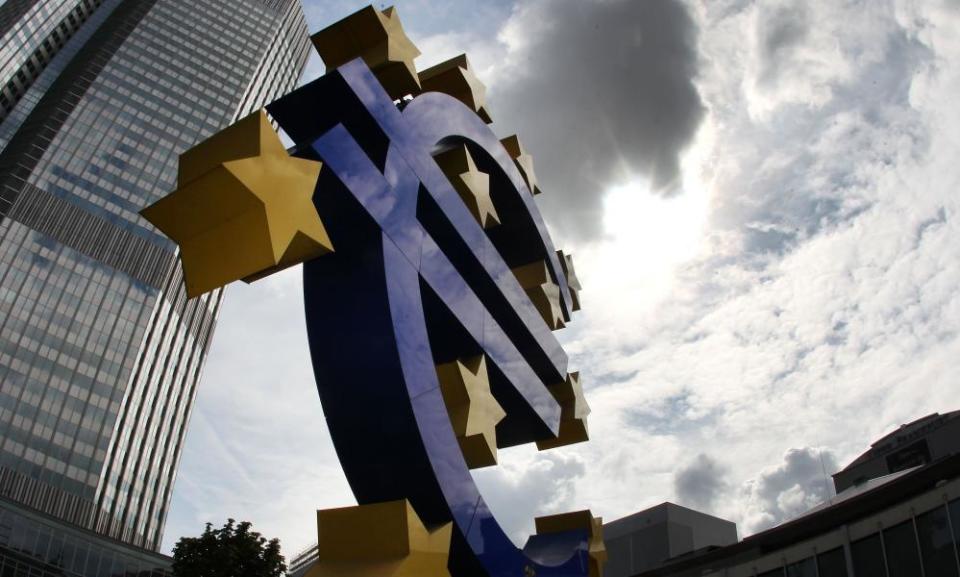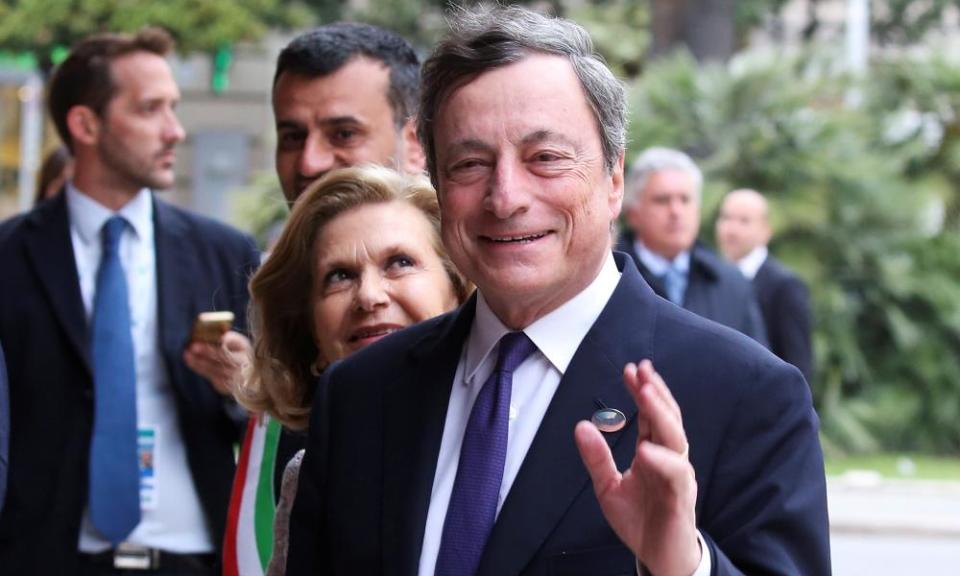Take a bow Mario Draghi – has the ECB chief saved the eurozone?

Growth forecasts revised up. Inflation forecasts revised down. Jobs being created. Take a bow Mario Draghi. Urged on by its proactive boss, the European Central Bank has achieved what looked impossible until recently: it has got the eurozone economy moving again.
Draghi should milk the applause while he can because the eurozone’s sweet spot won’t last for ever. It didn’t in the US and it didn’t in the UK, two countries that pursued exactly the same macro-economic strategy as the ECB, only earlier.
Like the US Federal Reserve and the Bank of England, the ECB has cut interest rates to the bone and cranked up the electronic printing presses. Moreover, Draghi plans to continue with the current plan for some time to come. True, the ECB’s latest meeting in Tallinn, Estonia, decided that further interest rate cuts were no longer on the agenda and that the risks to the economic outlook were balanced rather than tilted to the downside.
But there was not the remotest suggestion that borrowing costs were going to rise, nor that the ECB’s quantitative easing programme would end – or even be tapered away – any time soon. Draghi wants to make absolutely sure that the recovery is assured and inflation is closer to its target before taking his foot off the pedal. Again, this follows the example of the Fed and the Bank of England.

No question, the ECB is in a far better place than it was this time five years ago, when the economy was dipping in and out of recession, unemployment was rising and there were real fears that Italy and Spain would be the next dominoes to fall in Europe’s debt crisis. The fact that they weren’t was due to Draghi’s insistence in July 2012 that the ECB would do “whatever it takes” to defend the euro.
It is clear, however, that ultra-low interest rates and QE are generating the same sort of labour market recovery as in the US and the UK: 5 million jobs have been created in the past three and a half years in the eurozone, but as Draghi admitted on Thursday many of them are low quality, part-time or temporary posts. That’s why falling unemployment is not being accompanied by higher wages, and it is also why underlying inflation remains weak. Ultra loose monetary policy can only do so much: it is a painkiller not a cure.

 Yahoo Finance
Yahoo Finance 